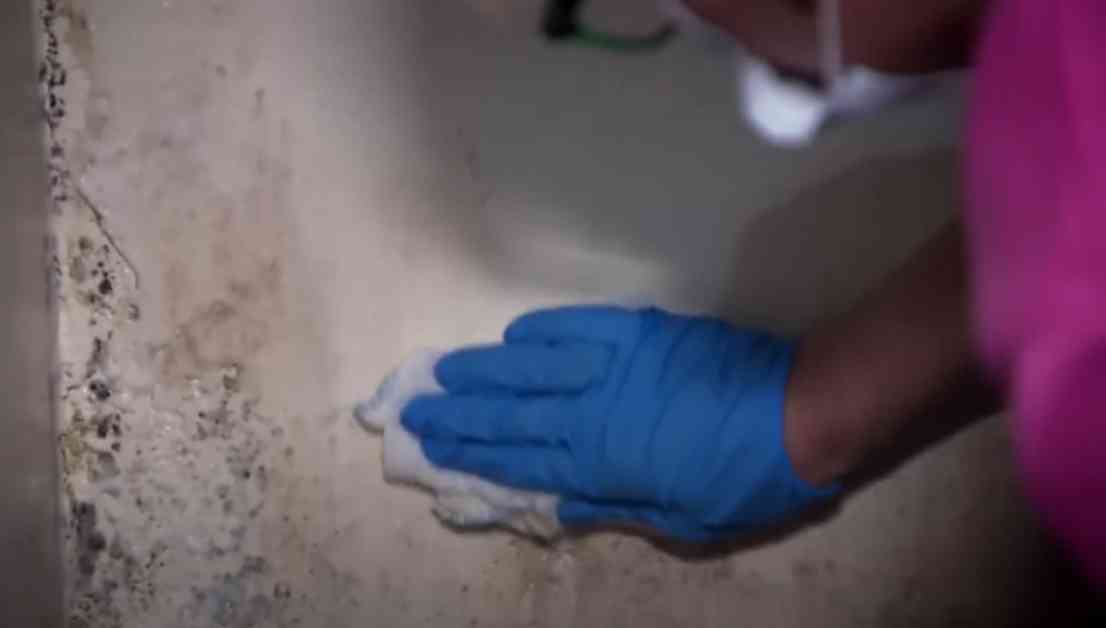Alright, let’s dive into this housing mess in Scotland. So, nearly 100,000 privately rented homes are apparently not up to snuff for living in, and guess what? These places won’t even be covered by the new laws aiming to improve housing standards up there. Talk about a tough break for those tenants, huh?
Living Rent, a group fighting for tenants’ rights in Scotland, did a survey and found out that a third of private sector tenants are dealing with mold and damp. They’re calling it a “disrepair endemic.” Sounds pretty serious, right? Well, it turns out that in 2023, the number of privately rented homes failing to meet the ‘tolerable standard’ is double that of affordable social rented homes. Ouch.
What exactly is this ‘tolerable standard’ everyone’s talking about? Well, it’s a minimum standard set by law for all housing in Scotland. If a house falls below this standard, it’s considered unfit for humans to live in. So, we’re talking about things like structural stability, lighting, ventilation, and even having the basics for cooking up a meal.
But wait, there’s more. The Scottish Housing Quality Standard is a set of requirements specifically for social housing. It’s all about making sure homes are energy-efficient, safe, secure, and free from serious disrepair. This standard isn’t just a suggestion – it’s part of the Scottish Housing Charter. The Scottish Government-funded Scottish Housing Regulator has the power to step in if landlords aren’t meeting these standards. Good to know someone’s keeping an eye on things, right?
Now, let’s talk numbers. The Herald dropped a bombshell, revealing that over 700,000 homes in Scotland are not fit for habitation. That’s a lot of places that need some serious TLC. And get this – since the pandemic hit, around 600,000 more properties have been flagged as falling below the legal tolerable standard. Yikes.
So, why the sudden rise in homes not meeting that tolerable standard? Apparently, changes to the law in 2022 made it mandatory for rented properties to have smoke, heat, and carbon monoxide detectors. The goal was to reduce the risks of fire-related tragedies. But it seems like some landlords are struggling to keep up, especially when it comes to dealing with damp, unsafe electrical systems, and other issues.
Damp and mold are a big headache for Scottish homeowners. An estimated 270,000 homes are battling mold, while 81,000 are dealing with rising or penetrating damp. But here’s the kicker – campaigners think these numbers don’t even tell the whole story. They’re saying there’s a lack of clarity in tracking these problems. Sounds like a real headache, doesn’t it?
The Scottish Government isn’t sitting on its hands, though. They’re looking to pass new laws to tackle these housing issues head-on. The proposed legislation aims to bridge the gap in housing standards and enforce strict new time limits for landlords to fix damp and mold. It’s all in the name of making homes safer and healthier for everyone.
But not everyone is thrilled with the proposed changes. Some folks think the laws don’t go far enough and lack important details. There’s also the question of what counts as a reasonable timeframe for landlords to address these issues. It’s a tricky situation, to say the least.
In England and Wales, they’re already rolling out similar laws to address damp and mold in social housing. Tenants there will have the power to take legal action against landlords who don’t meet the new requirements. It’s all about holding landlords accountable and making sure homes are safe and healthy for everyone.
Overall, it’s clear that Scotland has a housing crisis on its hands. With thousands of homes failing to meet basic standards, it’s time for action. Let’s hope the new laws and regulations can make a real difference for those living in substandard housing.
































